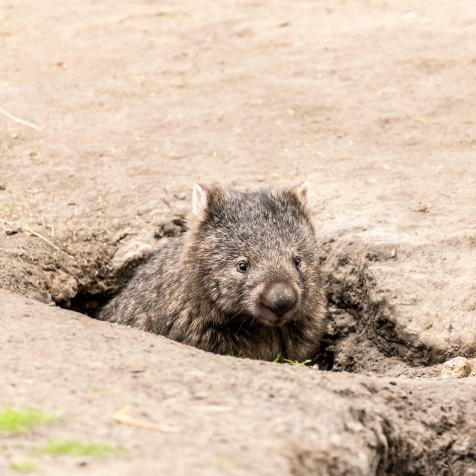
Roberto Velazquez
The Aztec Death Whistle Makes One of the Scariest Sounds You'll Ever Hear
If your worst nightmare had a soundtrack, it would feature this whistle.
These days, the Aztecs have a certain reputation. We've already told you about their most popular ball game kept score with human vertebrae, and you're probably familiar with the skull-heavy decor. Now, take a listen to the Aztec death whistle and find out how that aesthetic extended to their musical tastes as well.
Skull and Cross-Tones
We're not going to lie. The sound of the death whistle is the most frightening thing we've ever heard. It literally sounds like a screeching zombie. We can only imagine what it would be like to hear hundreds of whistles from an Aztec army on the march. We're not entirely certain what the whistles were used for, however. They may have been used as an intimidation tactic in war, but there's one aspect of Aztec society in which they certainly played a role: human sacrifice.
In 1999, a 20-year-old sacrificial victim was discovered by archaeologists, clutching a death whistle in his hands. He was found in a temple to the wind god Ehecatl at Tlatelolco, suggesting to some scholars that the whistles were meant to evoke the howling wind. In any case, modern musicians and anthropologists have grown more interested in the role the whistles played in the ongoing indigenous history of Mexico.
Back from the Dead
One of those scholars isn't an anthropologist or a musician at all, however. Roberto Velásquez is actually a mechanical engineer, and his simulations of air rushing through the whistles have been instrumental (no pun intended) to recent attempts to recreate the ceremonial sounds. If you look for videos of the death whistles in action, you'll soon find Xavier Quijas Yxayotl, who has made the instruments out of ceramic, jade, and stone. You can also hear the whistle used in a more haunting, reserved way in the work of Mexican-Canadian Cristina García Islas.
This article first appeared on Curiosity.com.


















